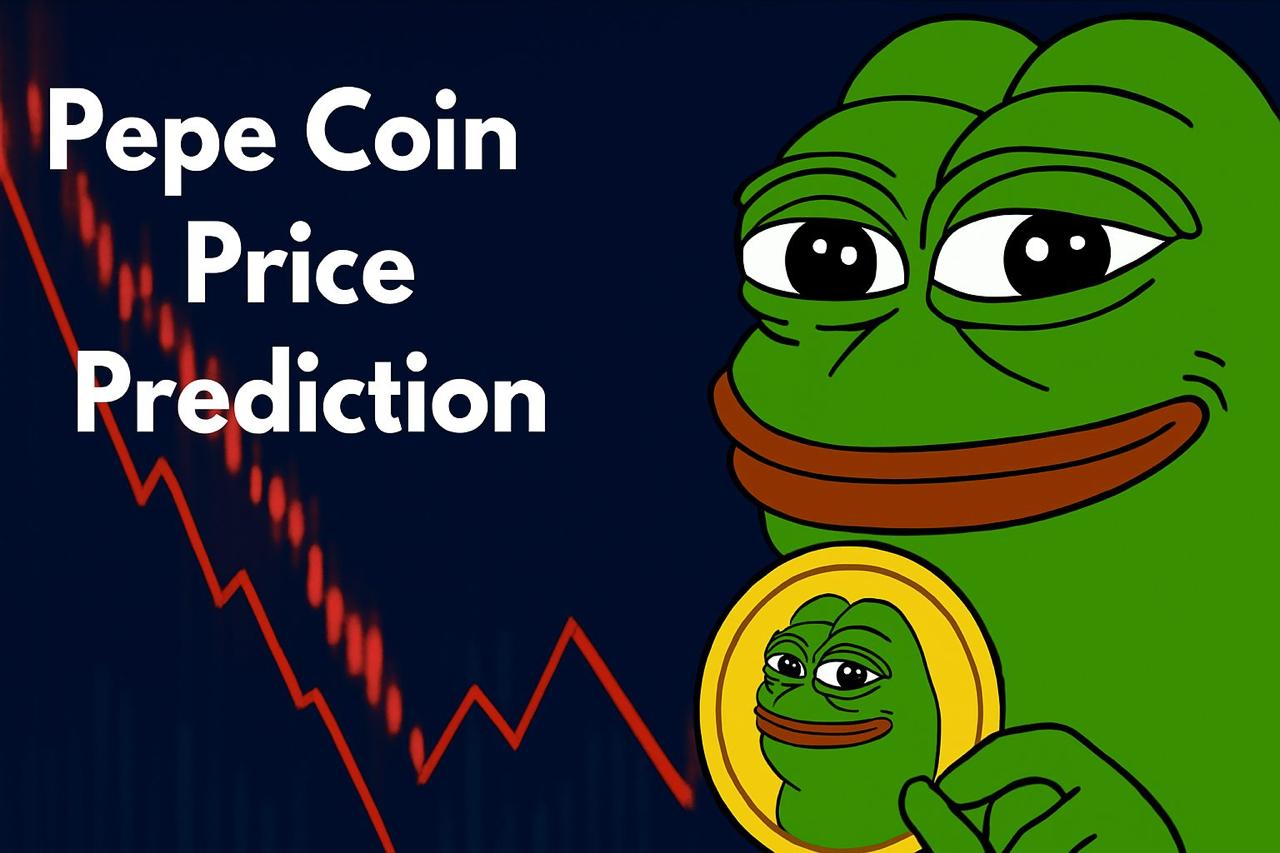Most Dangerous Bitcoin Boom Yet? Ray Dalio Warns Of ‘Stimulus Into A Bubble’
Ray Dalio has fired a shot across the macro bow, arguing that the Federal Reserve’s latest balance-sheet guidance risks “stimulating into a bubble” rather than stabilizing a weakening economy—an inversion of the classic post-crisis QE playbook with potentially seismic implications for hard assets, including Bitcoin.
In a post titled “Stimulating Into a Bubble,” Dalio frames the Fed’s pivot—ending quantitative tightening and signaling that reserves will need to start growing again—as the next milestone in the late stage of the Big Debt Cycle. “Did you see that the Fed’s announcement that it will stop QT and begin QE?” he wrote, cautioning that, even if described as a technical maneuver, it is “an easing move… to track the progression of the Big Debt Cycle.”
If balance-sheet expansion coincides with rate cuts and persistent fiscal deficits, Dalio warns, markets will be staring at a “classic monetary and fiscal interaction of the Fed and the Treasury to monetize government debt.” He adds that, in such a setup—high equity prices, tight credit spreads, low unemployment, above-target inflation, and an AI-led mania—“it will look to me like the Fed is stimulating into a bubble.”
The policy context for Dalio’s warning is not imaginary. After months of tightening liquidity and ebbing bank reserves, the Fed has announced it will end balance-sheet runoff (QT). Chair Jerome Powell underscored that, within the ample-reserves framework, the central bank will at some point have to add reserves again: “At a certain point, you’ll want reserves to start gradually growing to keep up with the size of the banking system and the size of the economy. So we’ll be adding reserves at a certain point,” he said at his October 29 press conference.
Officials and many sell-side desks have emphasized that reserve management need not equal a return to crisis-era QE. The practical similarity: if the Fed is again a steady net buyer of Treasuries to maintain “ample” reserves as deficits persist, the market experience can rhyme with QE even without the label.
While Dalio spars Bitcoin from his post, the mechanics are familiar to Bitcoin investors. He argues that when central banks buy bonds and push real yields down, “what happens next depends on where the liquidity goes.” If it remains in financial assets, “multiples expand, risk spreads compress, and gold rises,” producing “financial asset inflation.”
If it seeps into goods and services, inflation rises and real returns can erode. Crucially for cross-asset allocation, Dalio frames relative returns explicitly: with gold yielding 0% and, say, a 10-year Treasury yielding ~4%, gold outperforms if its price appreciation is expected to exceed that rate, especially as inflation expectations rise and the currency’s purchasing power falls. In that environment, “the more money and credit central banks are making, the higher I expect the inflation rate to be, and the less I like bonds relative to gold.”
What This Means For Bitcoin
Commentators immediately translated those mechanics for Bitcoin. “Fed resumes QE → more liquidity → real interest rates fall,” wrote Coin Bureau CEO Nick Puckrin. “Falling real rates → bonds & cash become unattractive → money chases risk and hard assets… Inflation risk rises → investors hedge with gold, commodities, and digital stores of value.” He highlighted Dalio’s own language—“gold rises so there is financial asset inflation,” and QE “pushes real yields down and pushes P/E multiples up”—before concluding: “Bitcoin thrives in precisely that environment… it’s digital gold on steroids.”
Millionaire investor Thomas Kralow sharpened the timing risk embedded in Dalio’s framework: this would not be “stimulus into a depression” but “stimulus into a mania.” In his words, liquidity would “flood already overheated markets… stocks melt up, gold rips, and crypto… goes vertical,” with the usual risk-on sequence across the crypto complex. His caveat mirrors Dalio’s late-cycle caution: a liquidity melt-up now, then—on a longer horizon—re-acceleration in inflation, a forced policy reversal, and a violent bubble pop.
For Bitcoin, the near-term transmission is straightforward. Lower real yields and expanding liquidity historically coincide with stronger performance of long-duration, high-beta, and scarcity narratives; similar to 1999-style melt-ups and late-cycle surges in hard assets, including gold—and, by extension, BTC as a “digital gold” proxy.
But the medium-to-long-term tension is unresolved: if the same easing stokes renewed inflation pressure, the exit—the point at which policy must tighten into the bubble—becomes the regime break Dalio is flagging. Dalio’s bottom line is not a trading signal but a regime warning. “Whether this becomes a full and classic stimulative QE (with big net purchases) remains to be seen,” he writes. If the Fed is indeed easing into a bubble, Bitcoin may benefit on the way up—but that path, by Dalio’s own schema, ends with impact.
At press time, Bitcoin traded at $99,717.

You May Also Like

SEC approves new exchange listing standards fast-tracking crypto ETF listings

Discover Mono Protocol: The $2M-Backed Project Built to Simplify Development, Launch Faster, and Monetize Every Transaction
